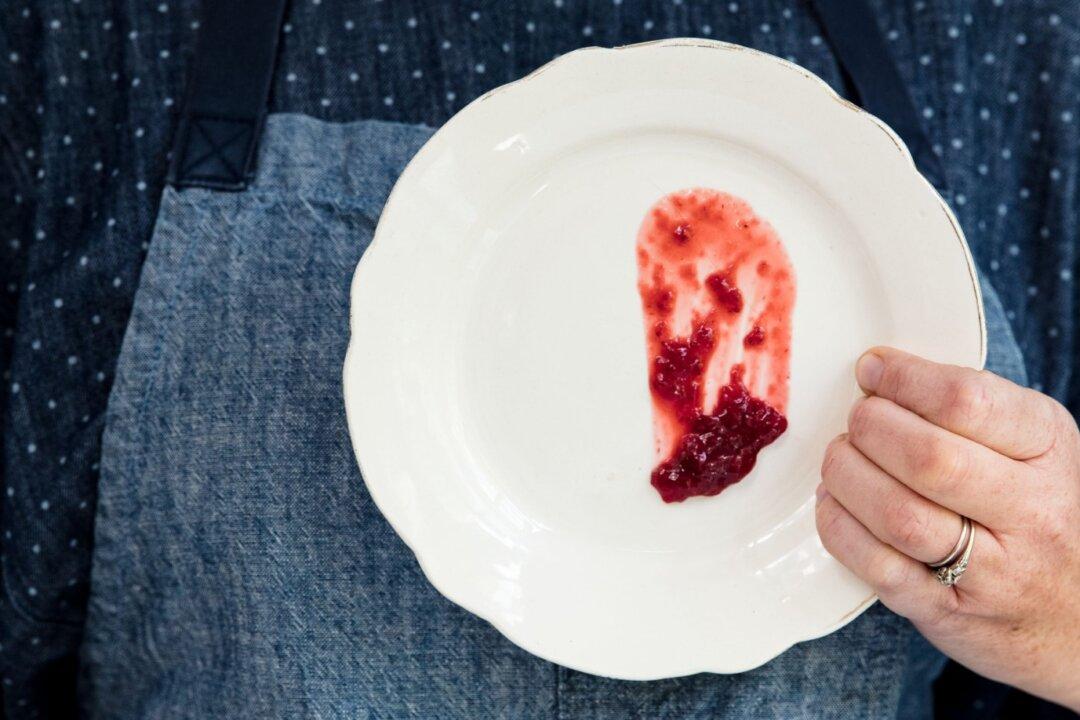I recommend that you test your jam frequently throughout the cooking process, especially if you’re new to jamming. It can’t hurt to test it as soon as it comes to a boil so you can really see what stage the preserve is in.
You’re trying to get a sample of your boiling hot jam and cool it down to room temperature as quickly as possible so you can see how thick it really is. No matter how thick it is, it will always look very liquid when hot (basic school chemistry).

